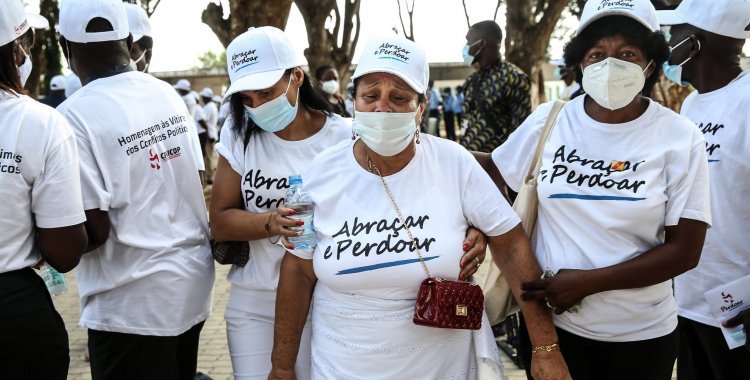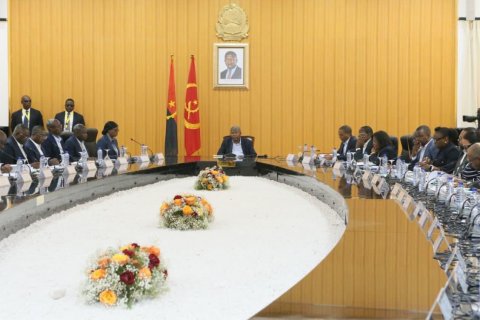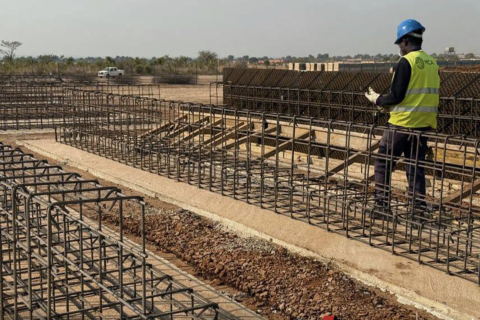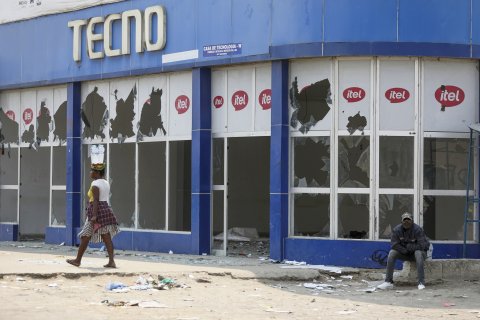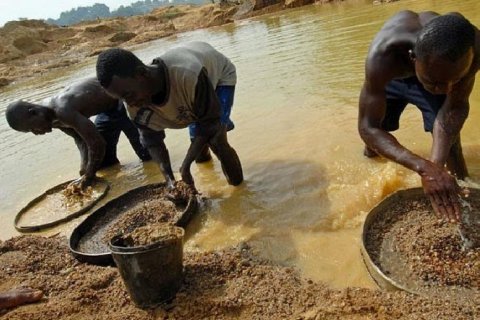Francisco Queiroz, who was speaking to journalists at the end of a meeting of the Commission for the Implementation of the Plan for Reconciliation in Memory of Victims of Political Conflicts (CIVICOP), said that places where bodies could be buried were being identified, with nine having been located. points, two of which may be mass graves.
At the CIVICOP meeting, which brought together coordinators of specialty subgroups with their heads (Health, Justice and Human Rights, Interior and Social Communication), in order to assess the second phase of the project, the forensic work was analyzed. in progress, the delivery of the remains, the issuance of death certificates and the communication strategy.
According to a note from CIVICOP, the Center for Forensic Analysis and Bone Conservation of Victims of Political Conflicts will soon be launched.
"The work around the facilities where the forensic medical work will be carried out is very advanced, work has been carried out to recover a ship in the industrial area of Viana, which is now suitable for receiving laboratory equipment. We will have the place there for if it handles the material that is collected at the bone identification points", said the minister and coordinator of this body.
Francisco Queiroz also stressed that the second phase requires communication with society and families that is different from what happened in the first phase. "It is necessary to know exactly what is happening", he stressed, pointing out the great complexity of these works.
During the first phase, CIVICOP registered more than 2000 requests for death certificates, after the first certificates were delivered, during the ceremony in which the victims of the 27th of May were honored.
The government held this year, for the first time in 44 years, a ceremony to mark the 27th of May, an alleged coup attempt, which brought together survivors and orphans.
On May 27, 1977, an alleged coup attempt, in an operation apparently led by Nito Alves - then former interior minister since independence (11 November 1975) until October 1976 - was violently repressed by the regime of Agostinho Neto.
Six days earlier, on 21 May, the Popular Movement for the Liberation of Angola (MPLA) had expelled Nito Alves from the party, prompting the former minister and several supporters to invade Luanda prison to free other sympathizers, assuming, in parallel, the control of the national radio station, becoming known as "fractionists".
Troops loyal to Agostinho Neto, with the support of the Cuban military, ended up containing the uprising and establishing order, and arresting the insurgents, followed by what became known as the "purge", with the elimination of factions, having some 30,000 people have been killed, mostly without any connection to Nito Alves, as Amnesty International has stated in several reports on the matter.
In April 2019, President João Lourenço ordered the creation of a commission (CIVICOP) to draw up a general plan to pay homage to the victims of the political conflicts that took place in Angola between 11 November 1975 (independence day) and 4 April 2002 (end of civil war).
The Reconciliation Plan in Memory of Victims of Political Conflicts foresees, among other issues, the issuance of a death certificate and the construction of a single memorial for all victims of political conflicts registered in the country.
In the decree, João Lourenço includes among the conflicts "the coup attempt of the 27th of May or possible crimes committed by political movements or parties within the framework of the armed conflict".
Conflict Victims Commission located nine locations with bodies
The Minister of Justice and Human Rights, Francisco Queiroz, said that nine places where the bodies of victims of political conflicts could be buried, including two possible mass graves, have been identified.
